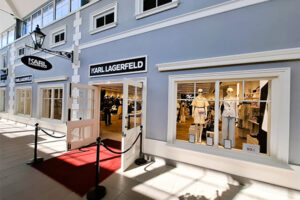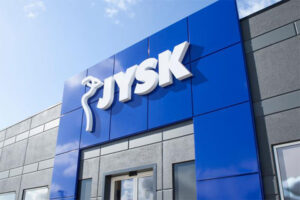BY ALICE BREHENY
The evolution of the sector has resulted in the creation of several very distinct retail warehouse property types, representing the different generations of development. These include: “first generation” industrial units converted for retail use; “second generation” purpose-built free-standing “solus” retail warehouse units; “third generation” multi-unit retail parks; and “fourth generation” fashion parks dominated by a mix of high-street style retailing and often developed to a higher specification than the standard retail parks.
Across Europe, the retail warehouse market has evolved at different rates. The UK is by far the most mature and you will often find a similar tenant line-up to that in shopping centers at prime parks. Well-established fashion retailers such as M&S, Next, and Gap are all well represented within the UK retail warehouse sector. German and French retail warehousing has also evolved and “fourth generation” parks have started to emerge, with retail occupiers including Stefanel, New Yorker, and H&M. The depth of the retailer base across countries varies significantly, impacting future rental growth potential. There are a number of tenants with pan-European portfolios that are found in many European out-of-town markets; these include the home improvement store Leroy Merlin, electrical retailer MediaWorld, sports retailer Decathlon, and a number of discount brands such as Takko.
As the sector has matured, the different property types have developed their own investment characteristics in terms of lot size, liquidity, sustainable rental levels, and pricing, with the latest generation schemes increasingly commanding the highest rental levels and occupier and investor demand.
Clean, modern retail warehouse floor plans provide retailers with efficient trading space compared to town centers, where units are typically awkward and often historical in nature. The flexibility of retail warehouse units has provided good opportunities for driving sales densities through reconfiguring stores (smaller store sizes have become more popular as demand from traditional high street retailers has grown). Despite rising rental levels as the sector has matured, retail parks (with the added benefit of low service charges) offer good rent affordability for retailers – especially higher-margin “high street” operators. We are wary, of course, about generalizing about the sector and there are naturally retail warehouse locations that are sub-optimal and where the shopping experience is not good enough. We favor “next generation” retail parks that will meet the requirements of tomorrow’s increasingly discerning occupiers and consumers. We also support investment in early generation parks that dominate their catchment area and can be repositioned through refurbishment and re-branding.
While we believe the sector remains priced fairly, medium-term performance will not be driven by asset re-pricing and the weight of money, but instead by property fundamentals as the economy improves and we return to a stable occupier market and improved rental growth opportunities.
Our forecasts highlight disparities among the different retail warehouse typologies; secondary parks are projected to outperform as a result of higher income returns, but carry a significant downside risk on the occupational side. On a risk-adjusted basis, prime fashion parks continue to provide the best opportunities with rental growth forecast to outperform.
What is your opinion on this topic? Discuss it with us! Send your opinion to opinion@across-magazine.com !






